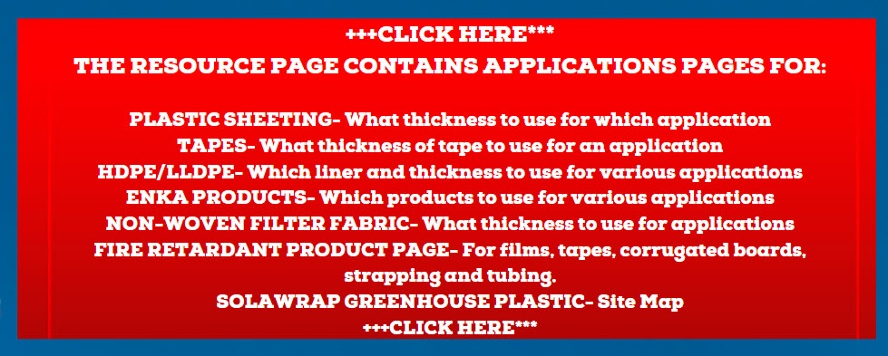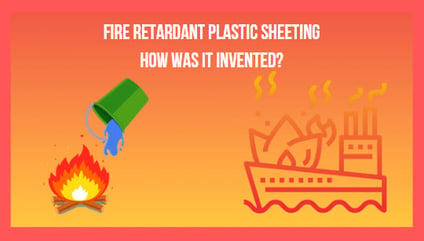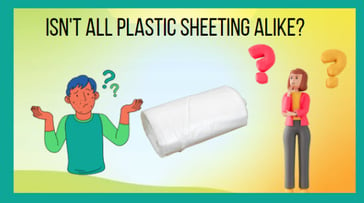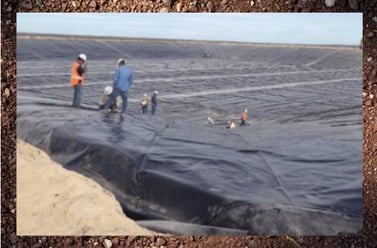What are "Specialty Tapes" AKA "High-Performance Tapes" and why are they important for aerospace, shipbuilding, HVAC, and other industries?
Specialty tapes are important in aerospace, shipbuilding, HVAC, and other industries for several reasons:
-
High-performance: Specialty tapes are designed to provide high-performance properties that meet the demanding requirements of these industries. For example, they may offer high-temperature resistance, flame retardancy, chemical resistance, or other specialized properties.
-
Versatile: Specialty tapes can be used for a wide range of applications, such as sealing, bonding, insulating, and masking. They are adaptable to different materials and surfaces, making them an important tool for many manufacturing and assembly processes.
-
Efficiency: Using specialty tapes can increase efficiency and reduce labor costs. They can often be applied quickly and easily, without the need for specialized equipment or extensive training.
-
Durability: Many specialty tapes are designed to withstand harsh environments, such as extreme temperatures, humidity, and exposure to chemicals or solvents. They can provide a durable and long-lasting solution for sealing and bonding in these challenging conditions.
-
Safety: In industries such as aerospace and shipbuilding, safety is a top priority. Specialty tapes can be designed to meet specific safety requirements, such as flame retardancy or low toxicity, to ensure that they do not pose a risk to workers or the environment.
Overall, specialty tapes are important in these industries because they offer high-performance properties, versatility, efficiency, durability, and safety, which are critical factors in the manufacturing, assembly, and maintenance of aerospace, shipbuilding, HVAC, and other specialized applications.











